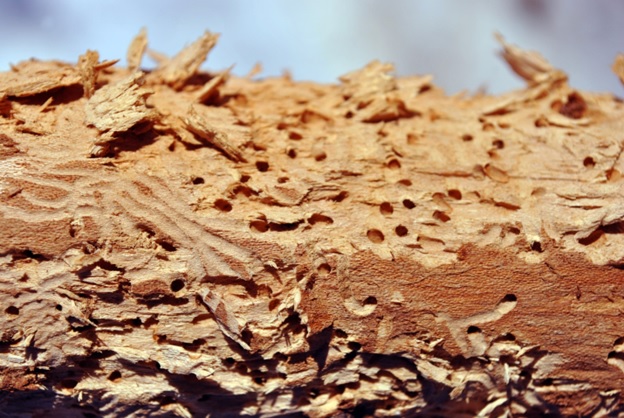Termites are not picky when it comes to invading homes. They just want a nice wooden home to call their own.
You might be thinking, “I don’t have any termites.” However, if you do, and you don’t realize it, it may already be too late.
Preventing termite damage can be simple, especially if you know how to spot termite infestations. Termites thrive in moisture-rich environments and are being reported more and more in dry, desert climates.
Termites eat the wooden support beams in your home, which can eventually lead to your home collapsing. They also carry diseases ranging from flu-like symptoms to Chagas disease.
Read on to learn how to prevent and identify termite damage in your home.
Learn the Signs of Termite Infestation
To prevent extensive termite damage, it’s crucial to identify signs of an infestation early on. Keep an eye out for the following indicators.
Mud Tubes
Termites construct mud tubes to travel between their colonies and food sources. These pencil-sized tubes are often found near the foundation of your home.
Discarded Wings
Swarmers, the reproductive termites, shed their wings after finding a new location for their colony. Finding discarded wings near windowsills or other light sources is a sign of a termite presence.
Hollowed Wood
Termites feed on wood from the inside out, leaving behind hollowed or damaged wood. Tap wooden surfaces periodically to check for a hollow sound, indicating termite activity.
Conduct Regular Inspection
A home inspection is essential for identifying termite damage in its early stages. While you can perform a preliminary inspection yourself, it’s advisable to hire professional home inspection services annually.
These experts have the experience and knowledge to thoroughly assess your property for termite activity. They can also offer valuable advice on prevention and treatment options.
Maintain Proper Moisture Levels
For termite inspection, you need to ensure proper moisture control in and around your home. Fix any leaks promptly, including plumbing, roof, or gutter leaks.
Redirect downspouts away from the foundation and ensure proper drainage. Avoid excessive mulching near the house, as it can retain moisture and attract termites.
Keep Wood Away From Your Home
Store firewood and lumber away from your home and above ground level. If you have wooden structures such as fences or pergolas, regularly inspect them for signs of termite activity. Consider using termite-resistant materials like concrete, steel, or pressure-treated wood when building or renovating.
Create Barrier
Creating a physical barrier around your home can deter termites from entering. Applying a chemical termite barrier, known as a termiticide, to the soil around your home can also be effective. Consult with a professional pest control company to determine the most suitable option for your property.
Maintain Ventilation and Insulation
Adequate ventilation and insulation not only contribute to energy efficiency but also help prevent termite damage. Ensure proper ventilation in crawl spaces and attics, as excessive humidity can attract termites. Well-insulated walls and floors minimize moisture buildup and make it harder for termites to access your home.
Keep Your Home Safe From Termite Damage
Termite damage can be a serious issue if left undetected or untreated. Homeowners should be aware of the signs and should regularly inspect their property for damage. They should also be sure to monitor termite activity in their area and take preventative measures to protect their homes.
Consider contacting a pest control company for professional help and advice if you suspect a possible termite infestation. Don’t wait; act now to ensure your home’s longevity.
If this article has helped you in many ways, read our other blogs and learn more today!

